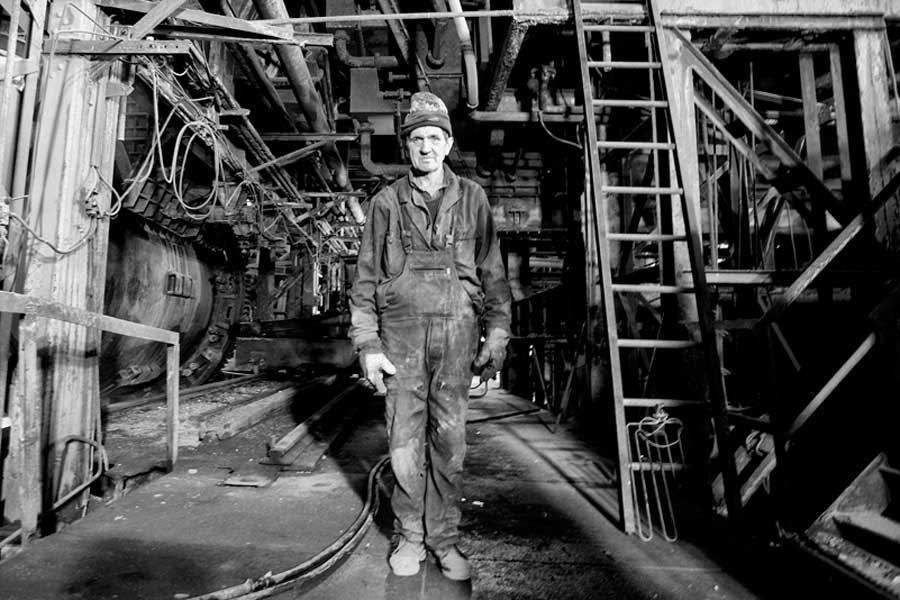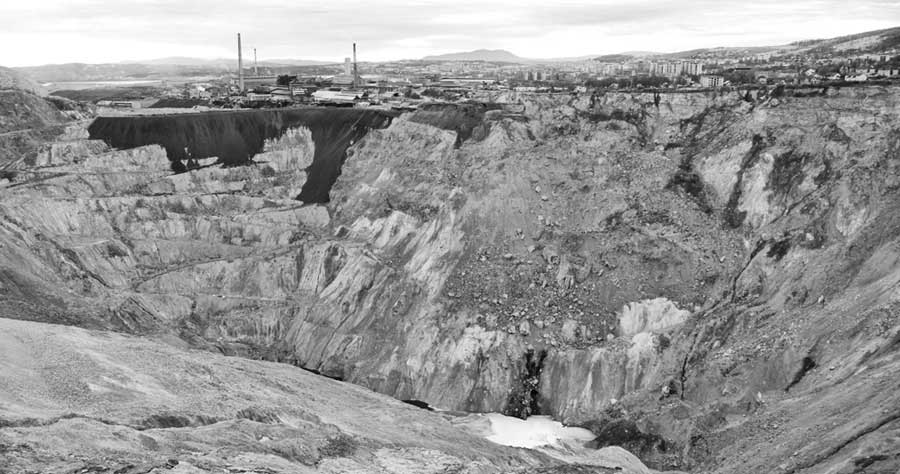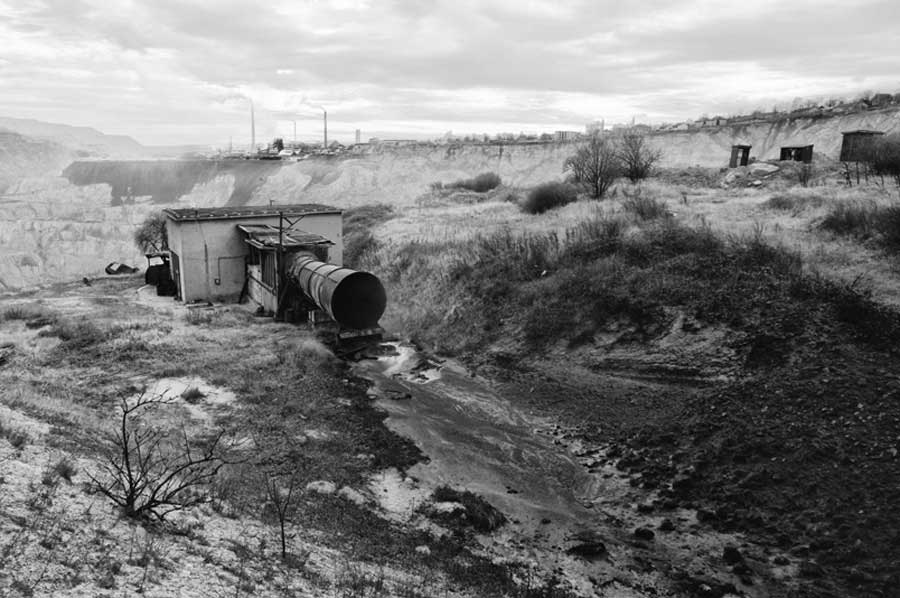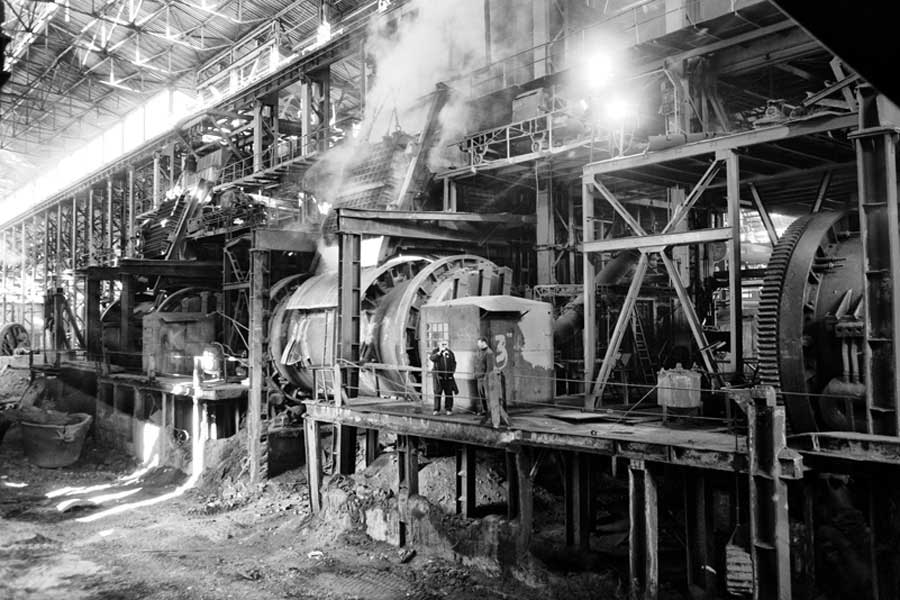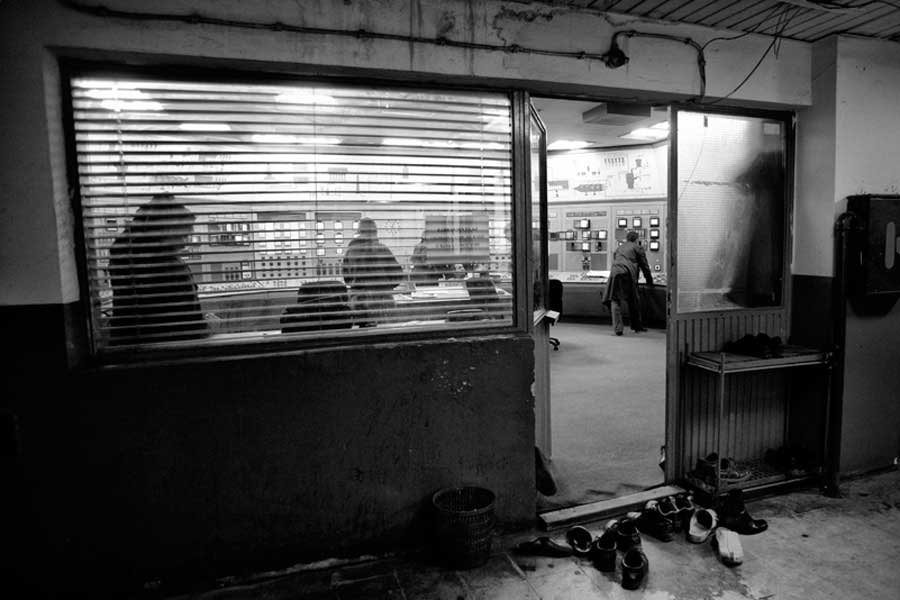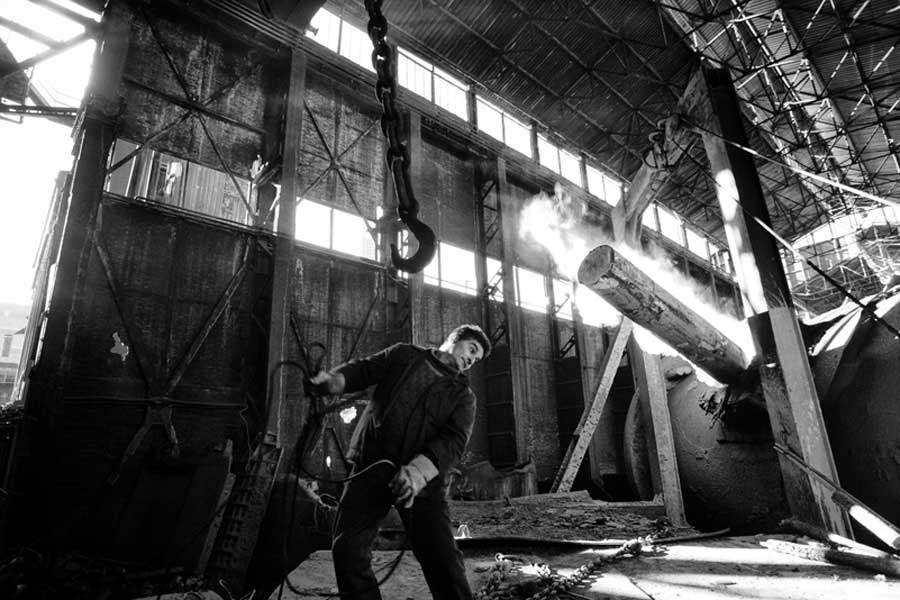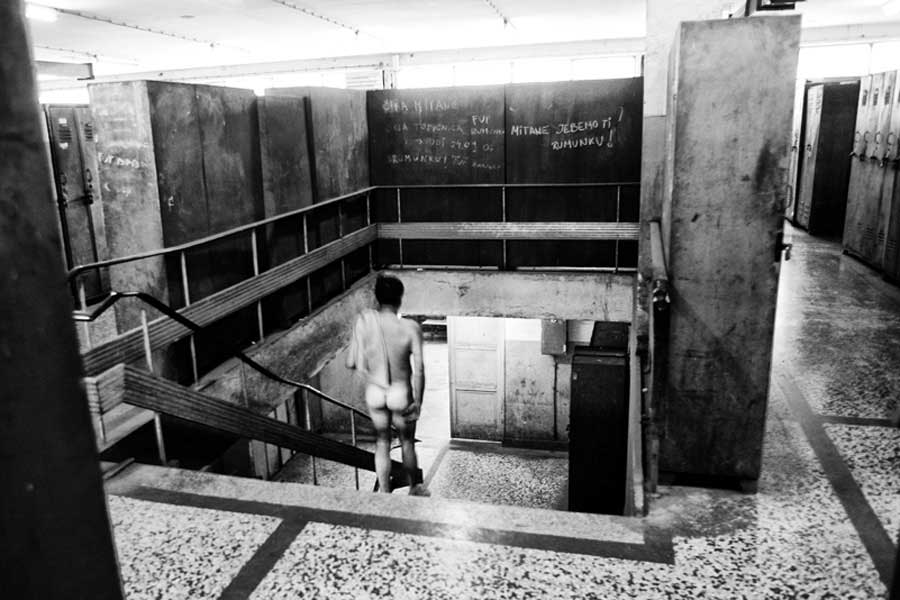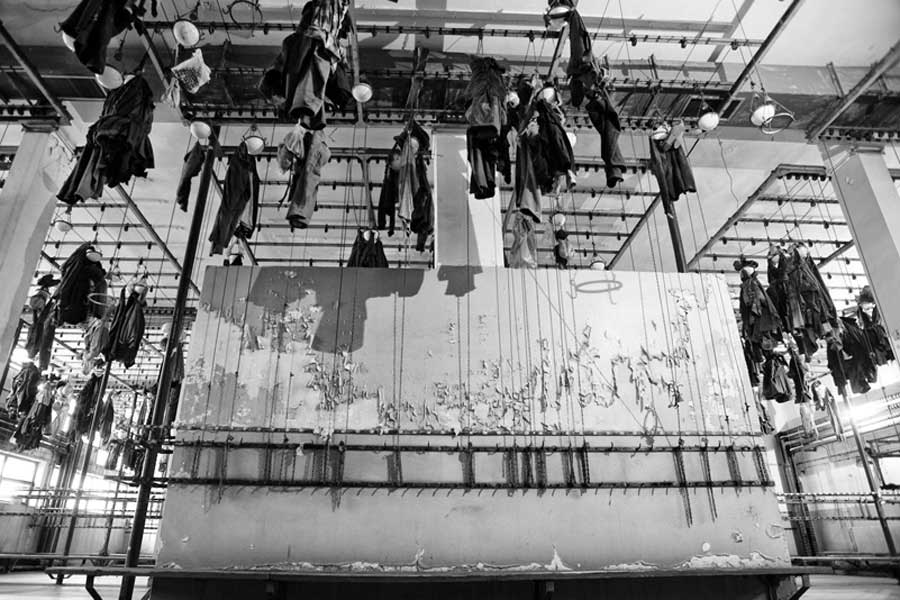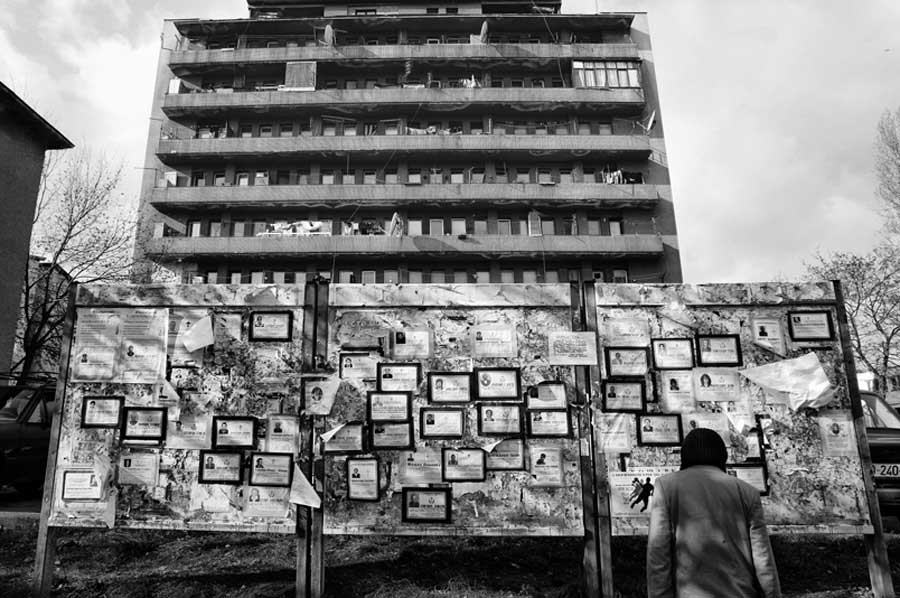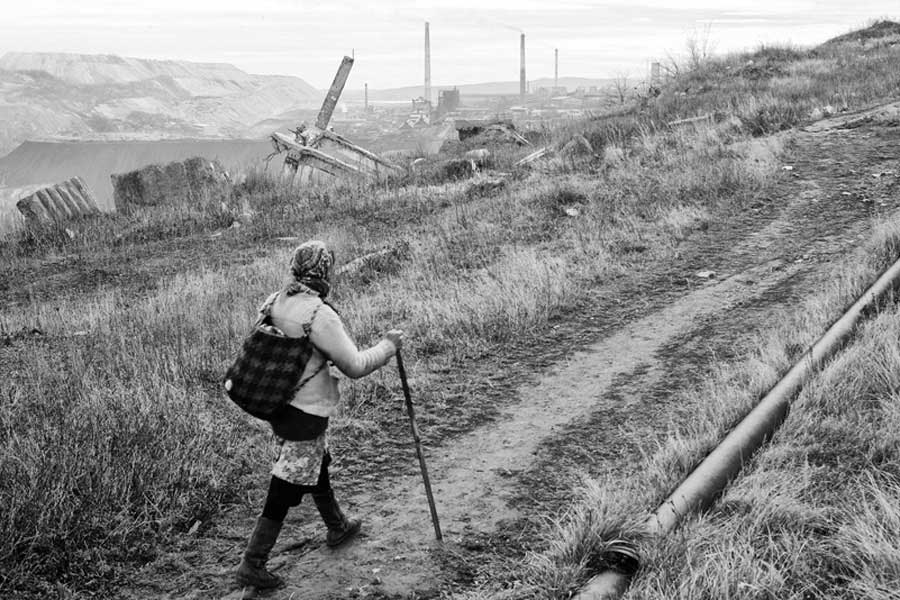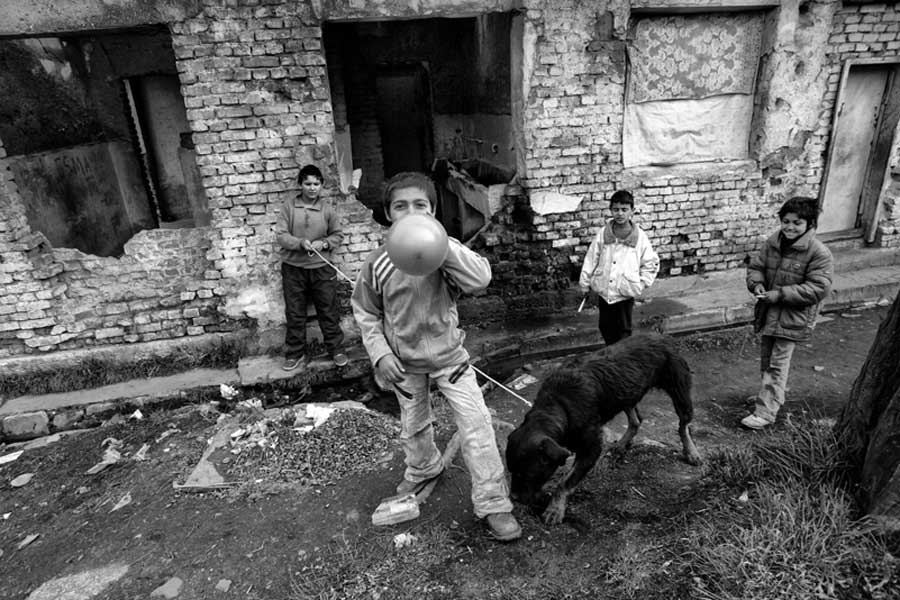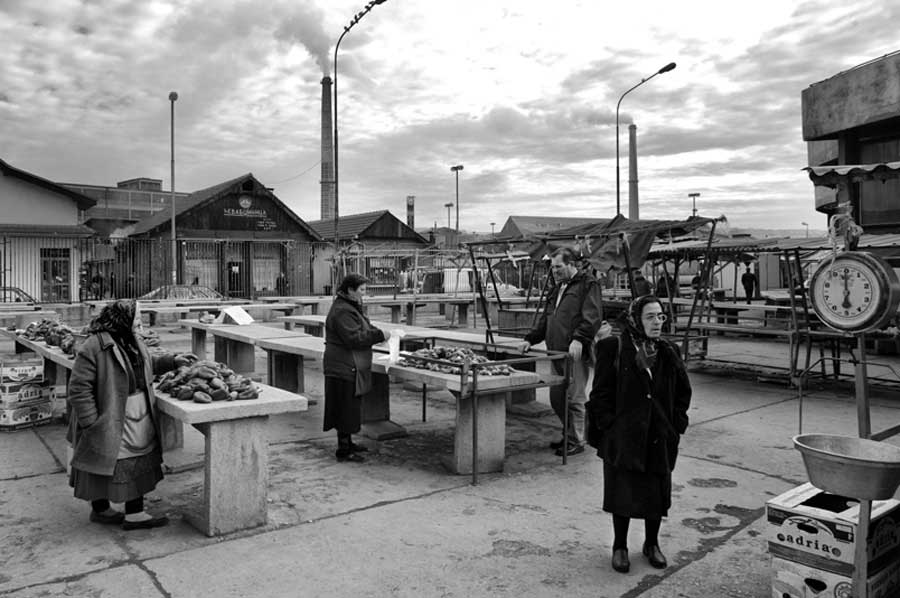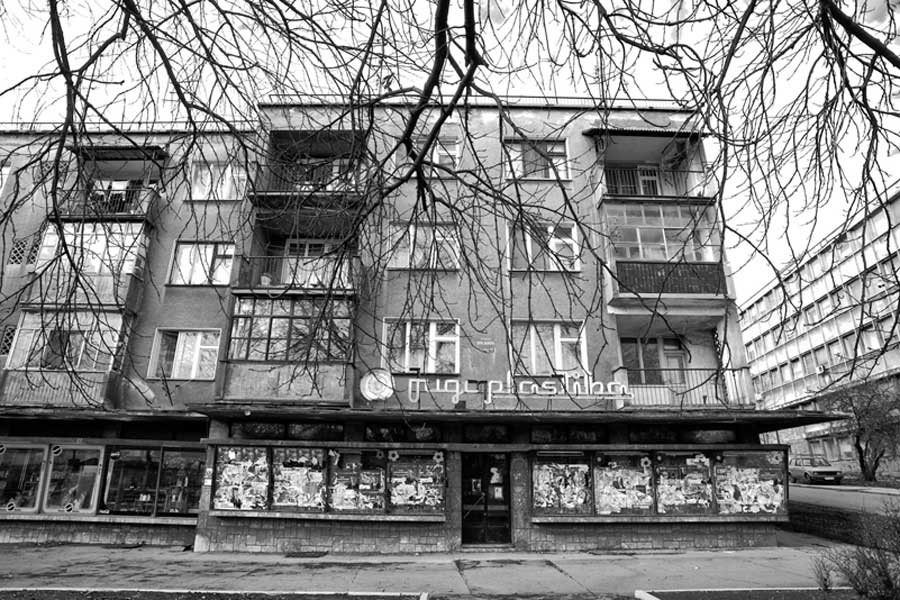Bor is town with 40,000 citizens. Buildings are covered with recoil dust unique for all industrial towns. Some hundreds meters from the center of town there is a huge cavity 10 kilometers in diameter and almost 800 meters deep, a monument of 100 years exploitation of copper shaft where the half of the old town was wear away.
Edges of cavity are still eroding and houses around are deprived of inhabitants. There are 20,000 people with working ability and 8,000 of them indirectly or directly are linked with copper production and refining jobs. About 7,500 people are unemployed.
East Serbia is region with great mineral resources exploitation. An enormous percent of citizens settled and live here because of the job related with cooper industry. Workers and experts moved to Bor from all parts of former Yugoslavia. During the Seventies the town had an economic and population boom, from the early Nineties the economy and population decreased but the town is still modern and urban. No matter the comfort, flats in Bor are the cheapest in Serbia and maybe in the whole of the Balkans. You can buy a two room flat for only 5,000 Euros.
As a result of long-term with exploitation, together with old production and copper refining technology, Bor has become a cold, “dying town”. Last years 3,500 employees left Bor as redundant laborers. Mines are in poor condition because of unplanned exploitations and it is no longer possible to follow ore-deposits. Today the factory doesn’t have it’s own production, it only provides treatment services to other companies and it is not able to earn enough money for workers salaries. The average monthly salary is 170 Euros, workers being exposed to trauma from processes of transition and deindustrialization are requesting that the government take full responsibility for factory and the whole city. All economic infrastructures in Bor are related to copper mining, and no one seems to be ready to look for other potential resources for economic recovery.



